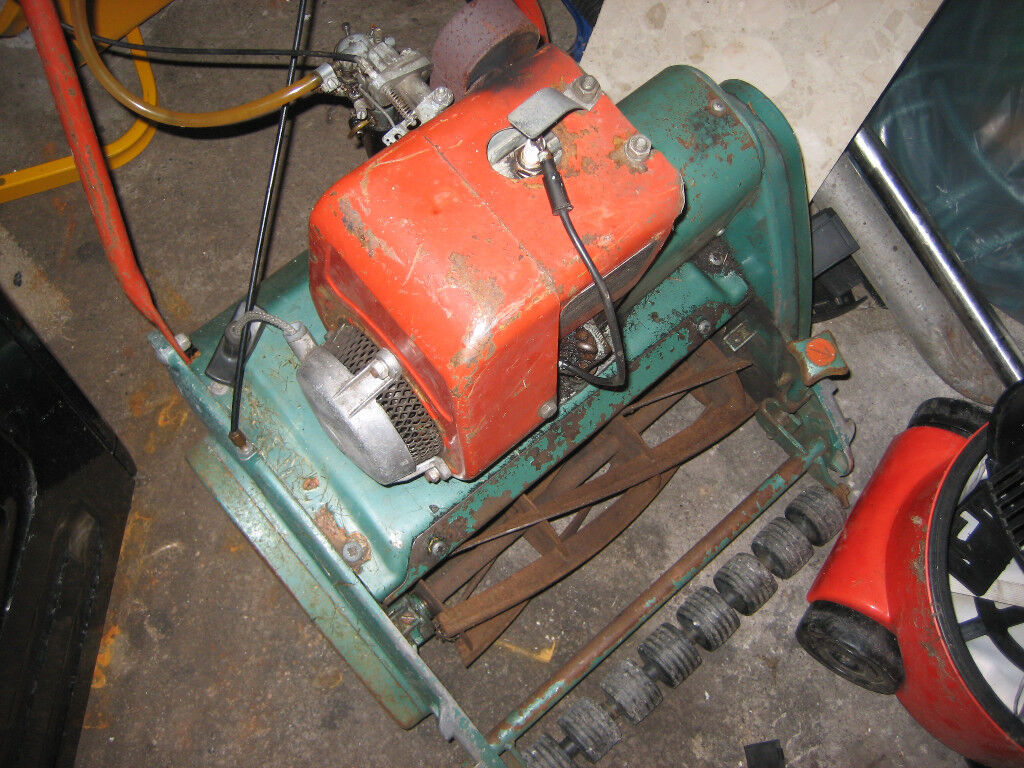Yes, D16 is the other plug the bloke said was good for the job.
On the gaskets, am I right thinking

A is the cylinder head gasket;
and B is the engine block gasket?
C is the crank case join according to the video I watched yesterday - which showed it being re-sealed with goo.
AND - can the goo that's used in place of gaskets work instead of a cutout gasket? Just wondering in case going ahead and separating the block is an option - it'd be nice to take it apart completely, but not if we can't put it back together properly.
On the gaskets, am I right thinking

A is the cylinder head gasket;
and B is the engine block gasket?
C is the crank case join according to the video I watched yesterday - which showed it being re-sealed with goo.
AND - can the goo that's used in place of gaskets work instead of a cutout gasket? Just wondering in case going ahead and separating the block is an option - it'd be nice to take it apart completely, but not if we can't put it back together properly.






